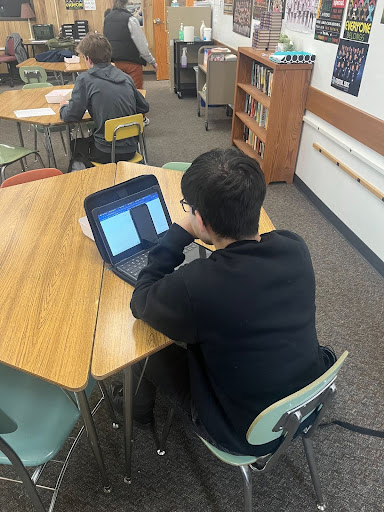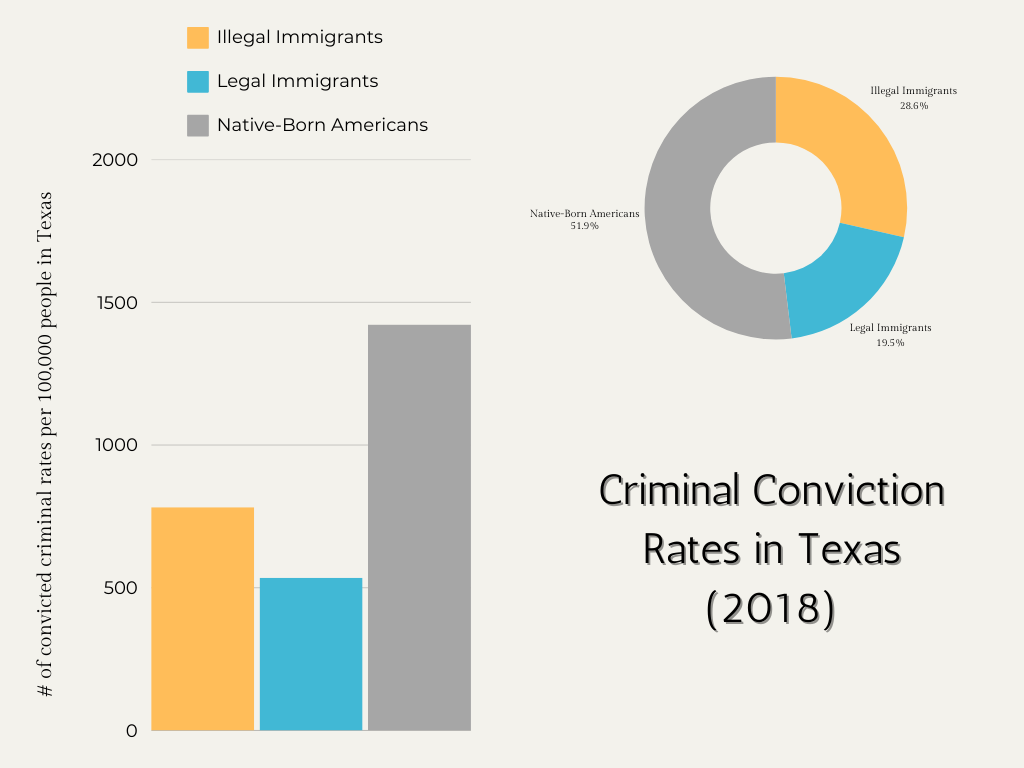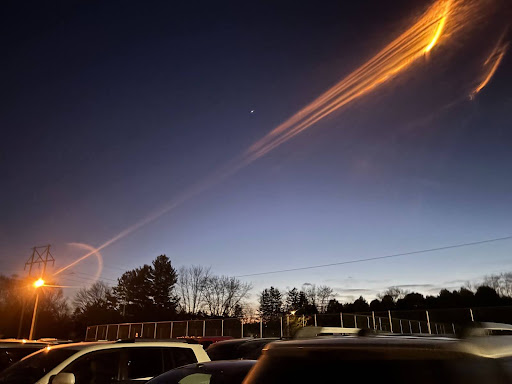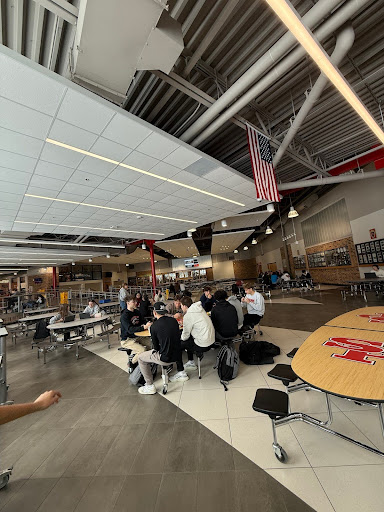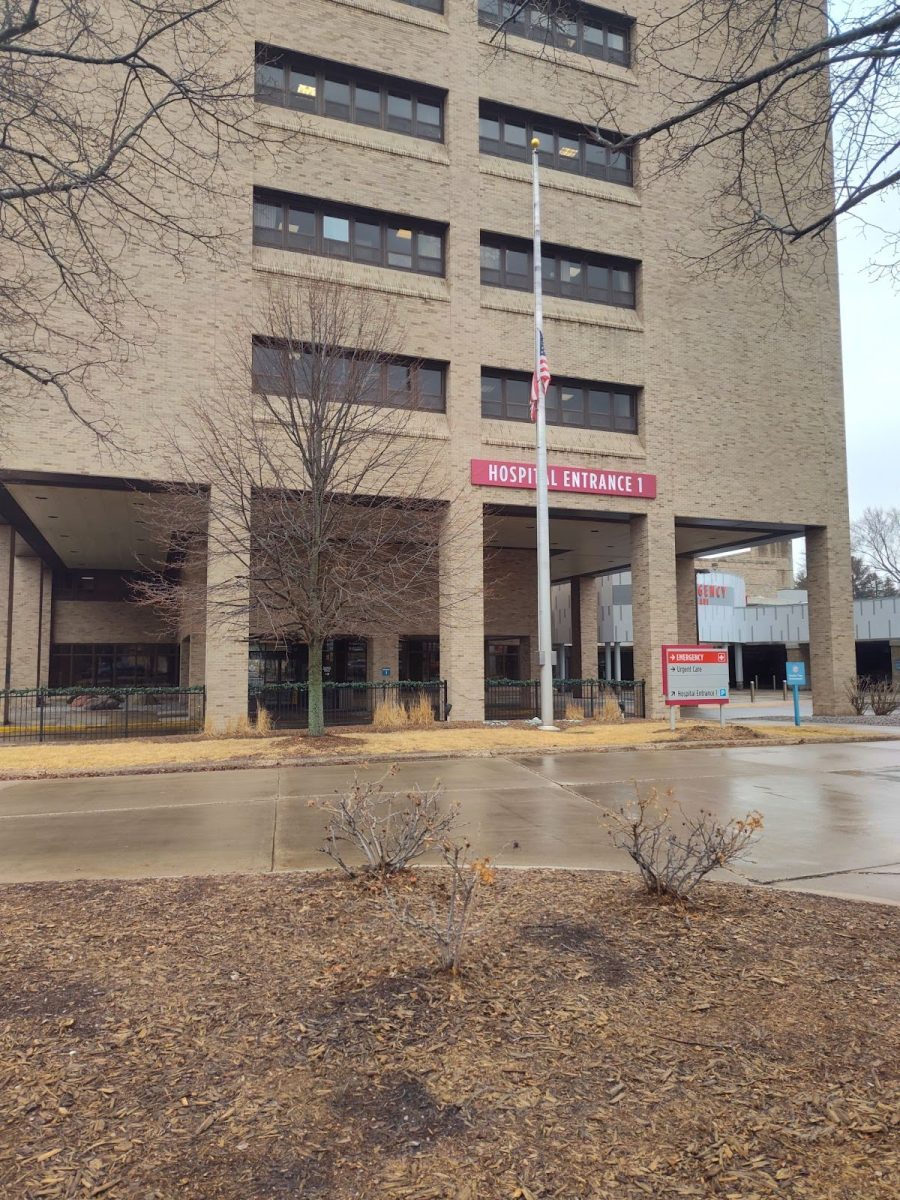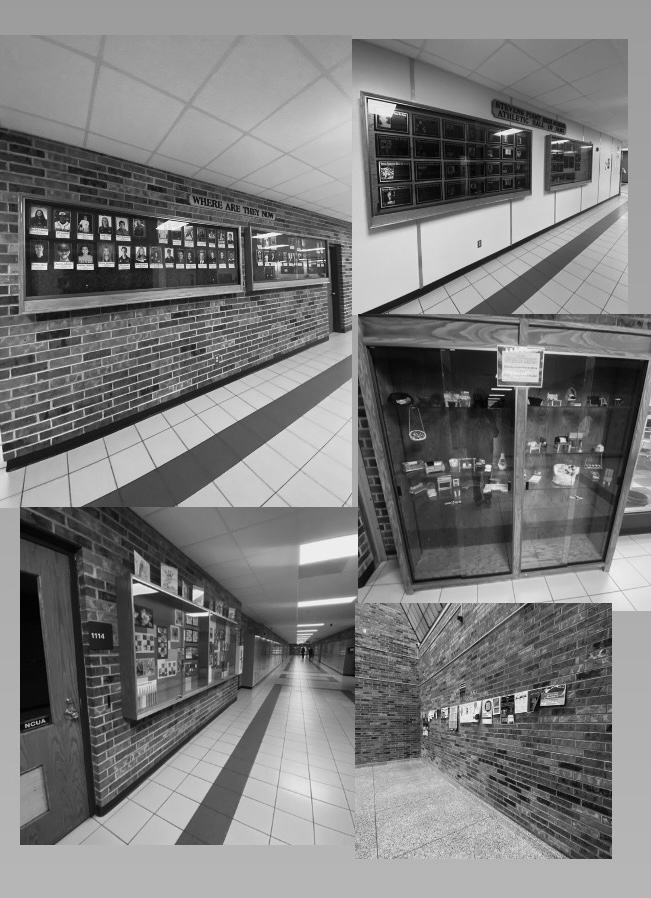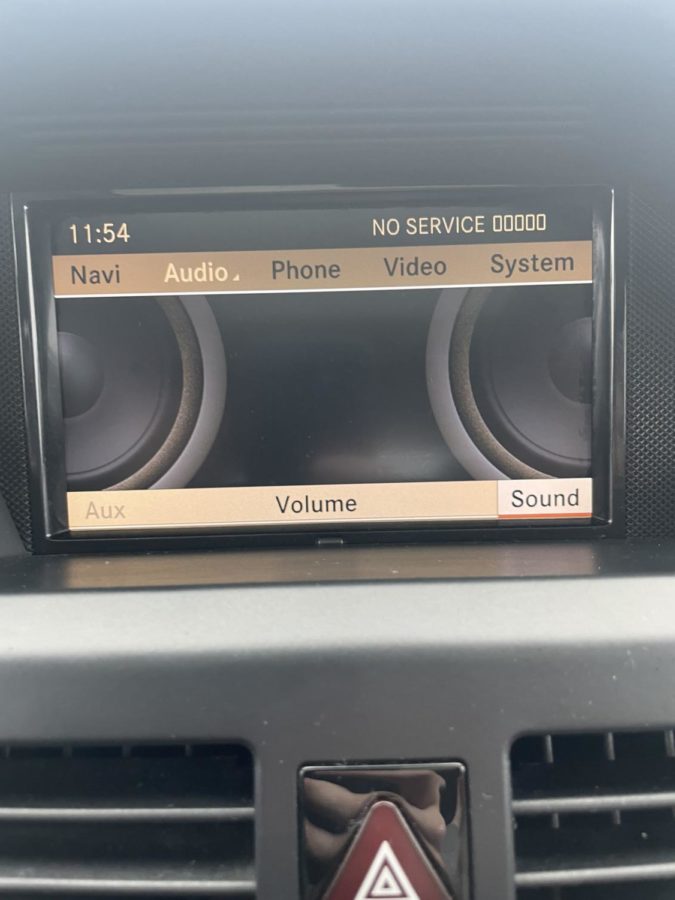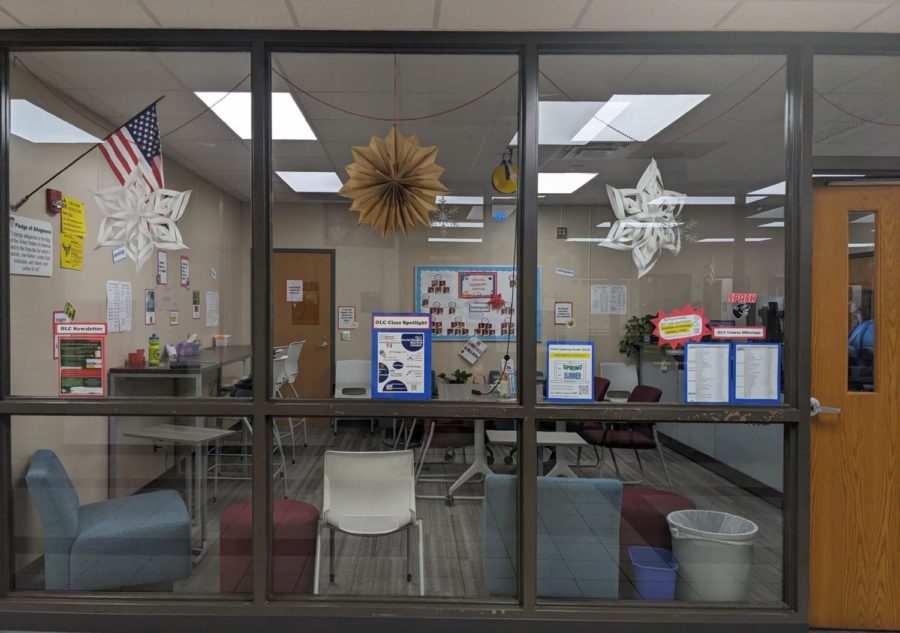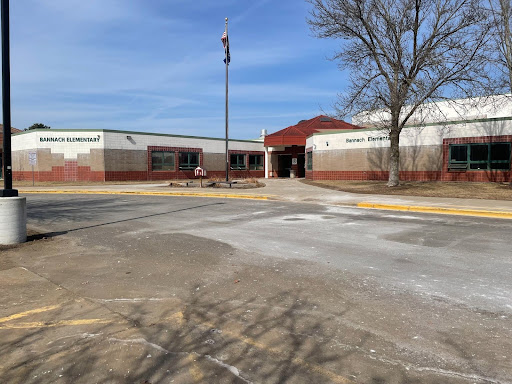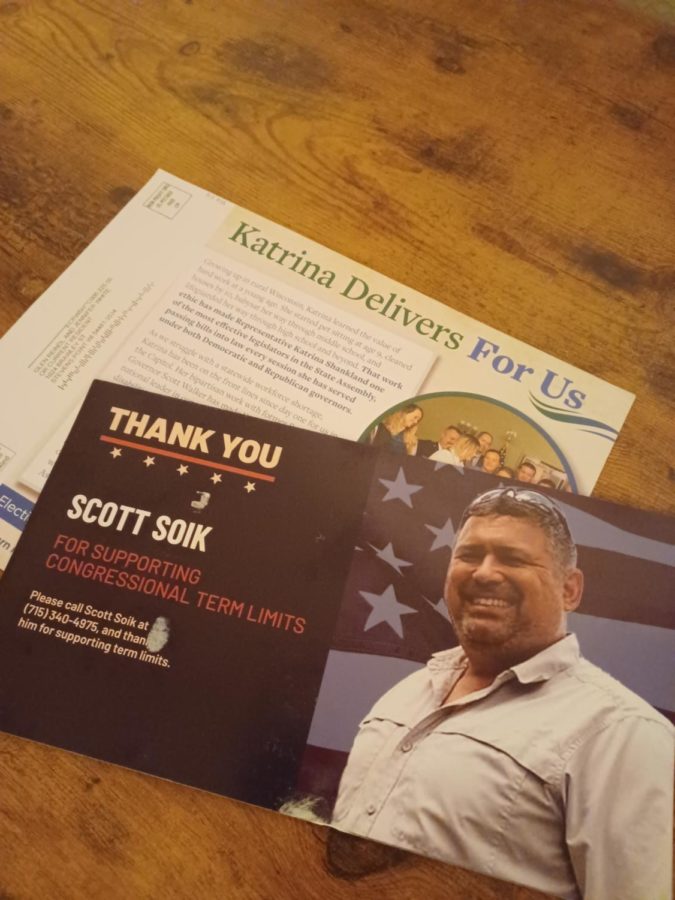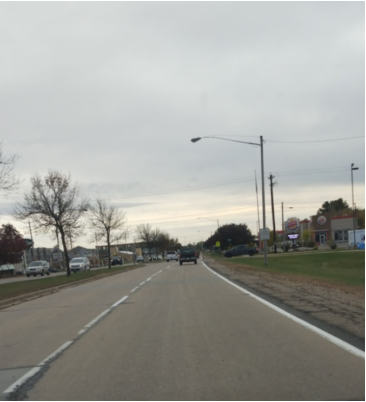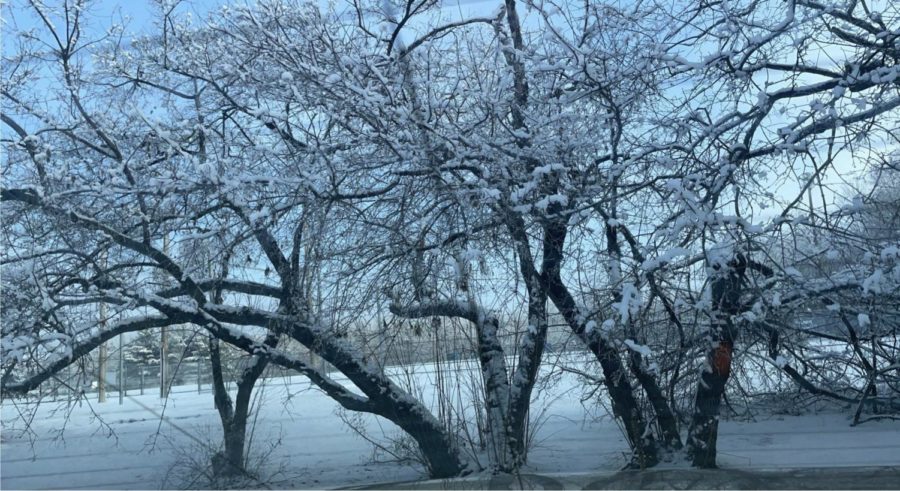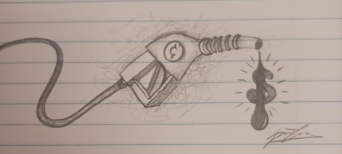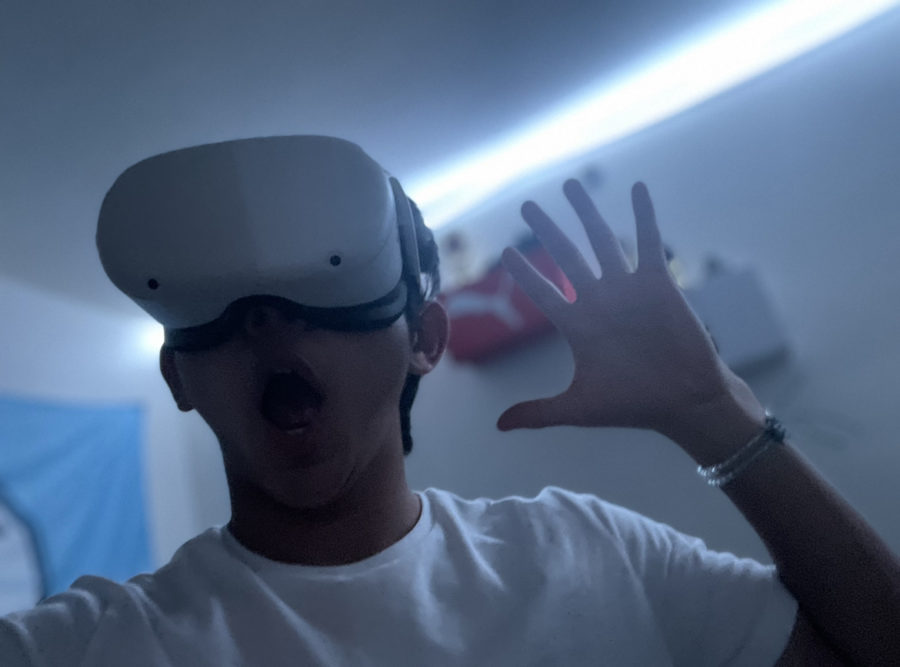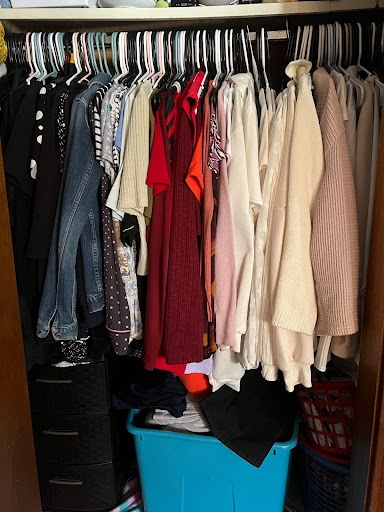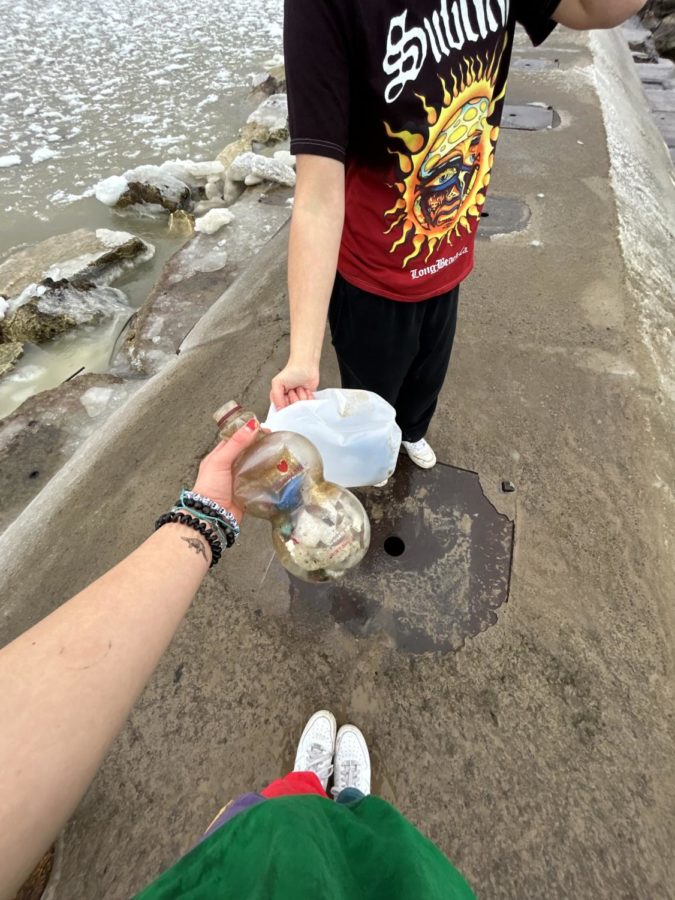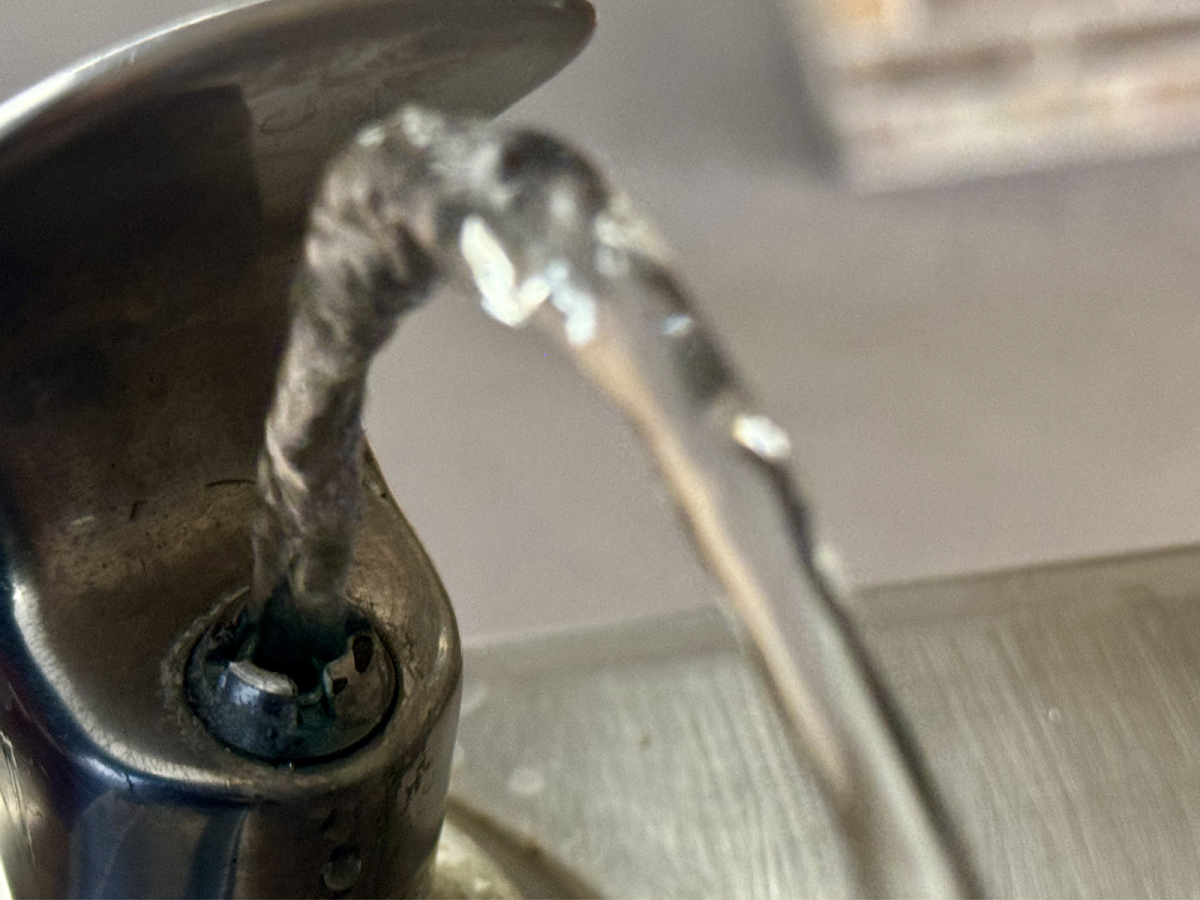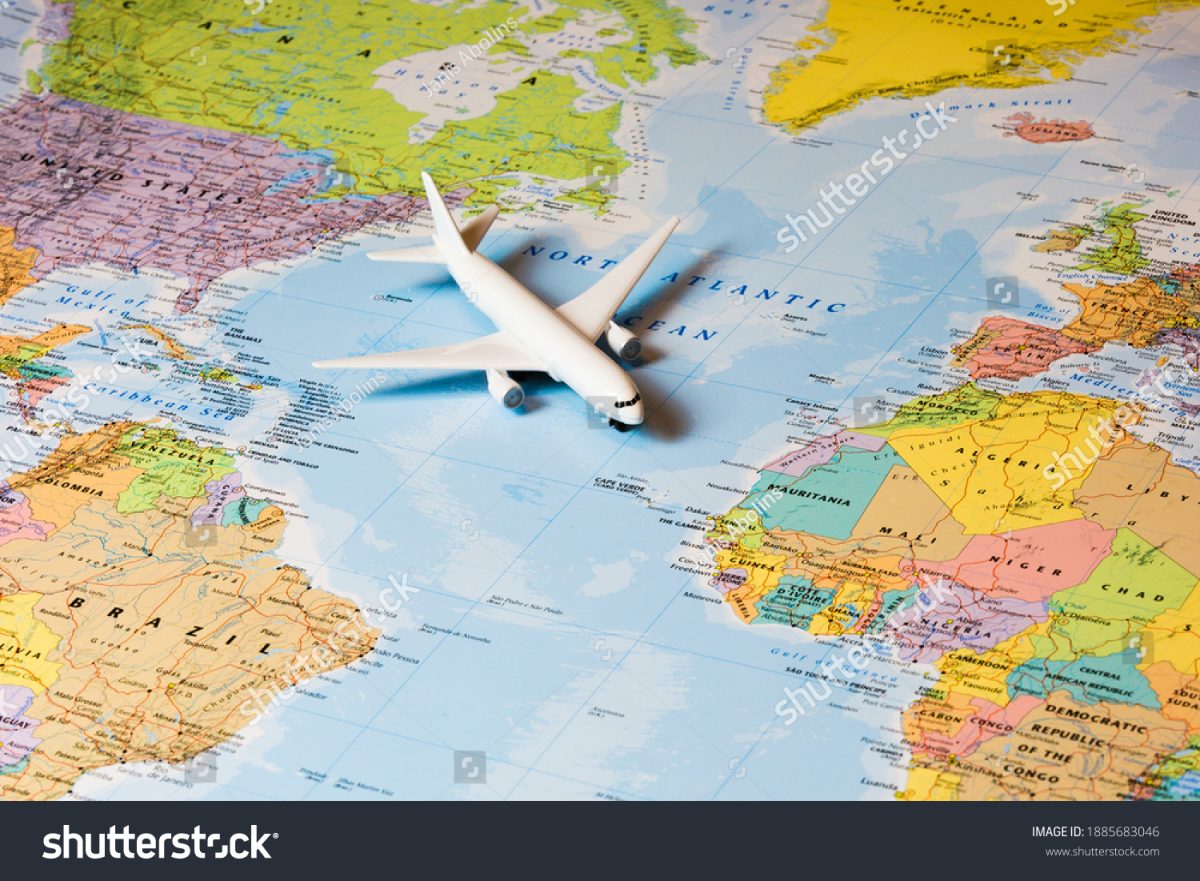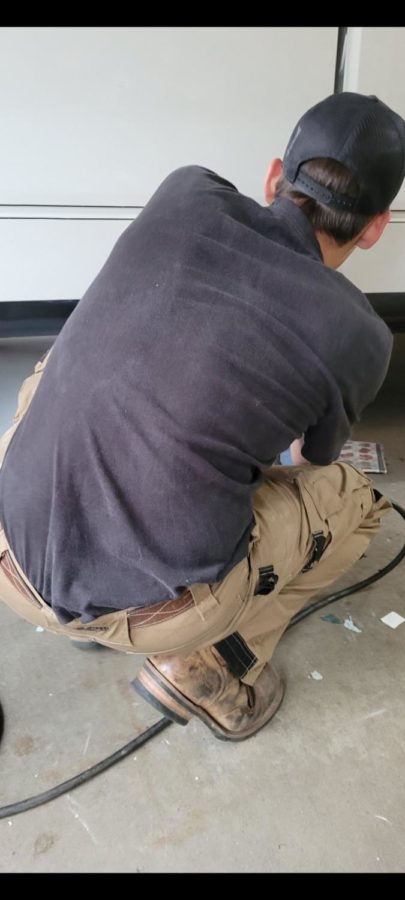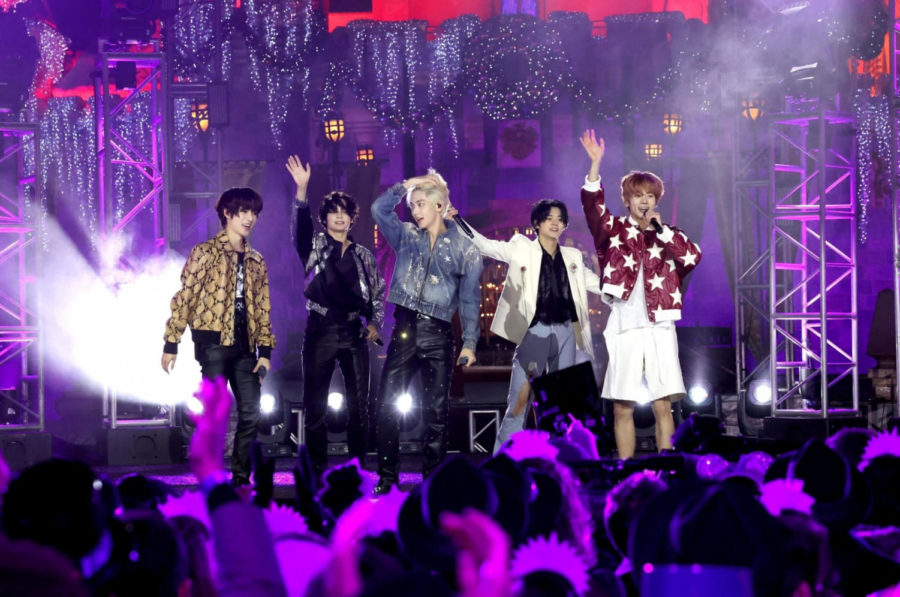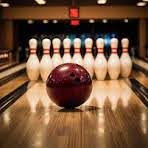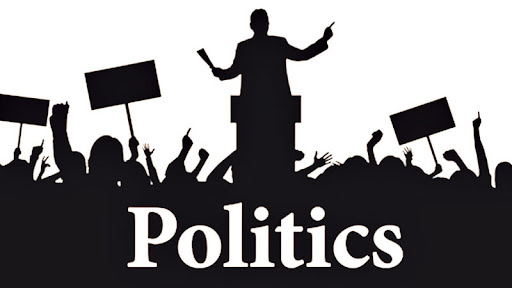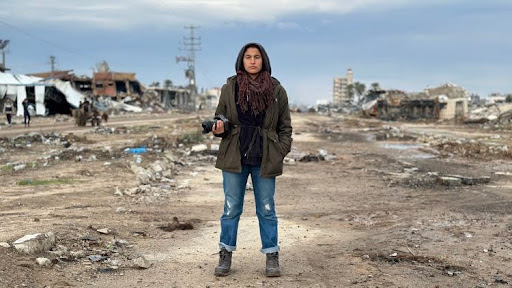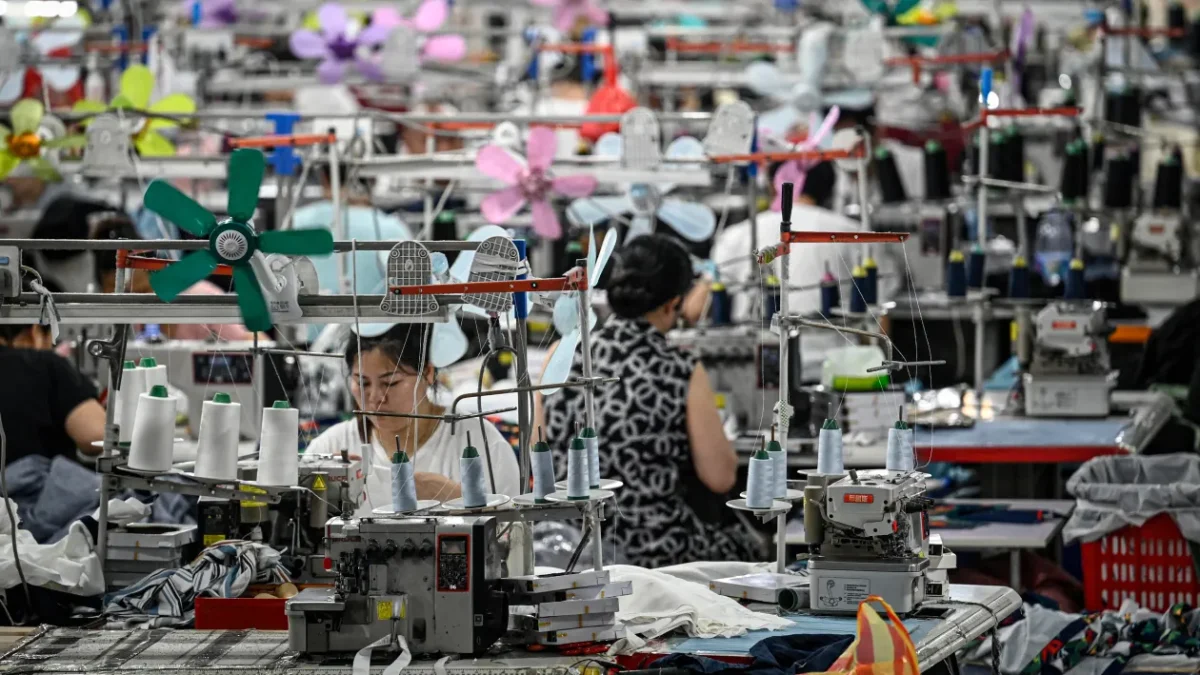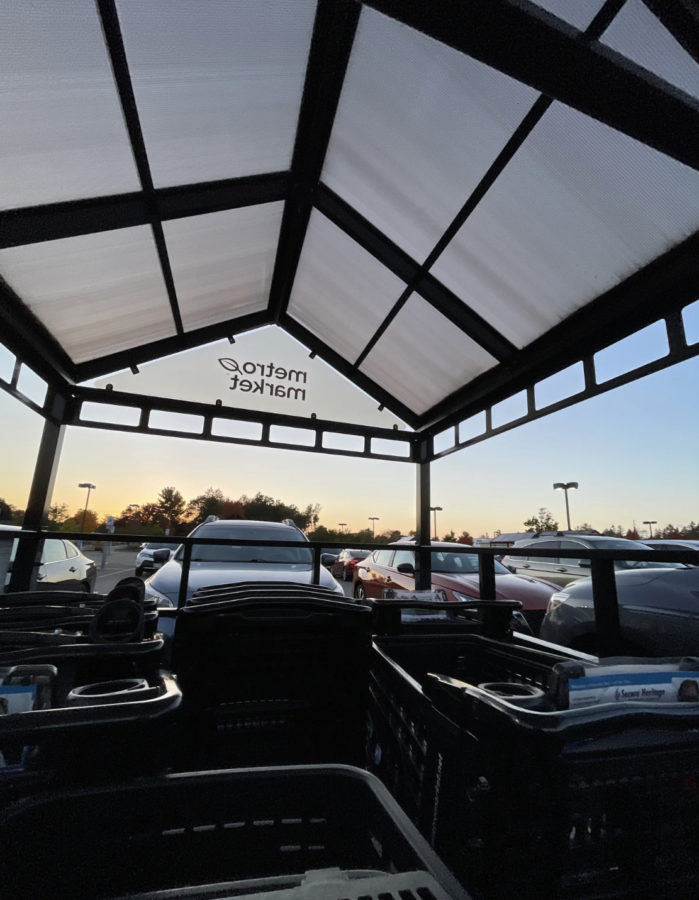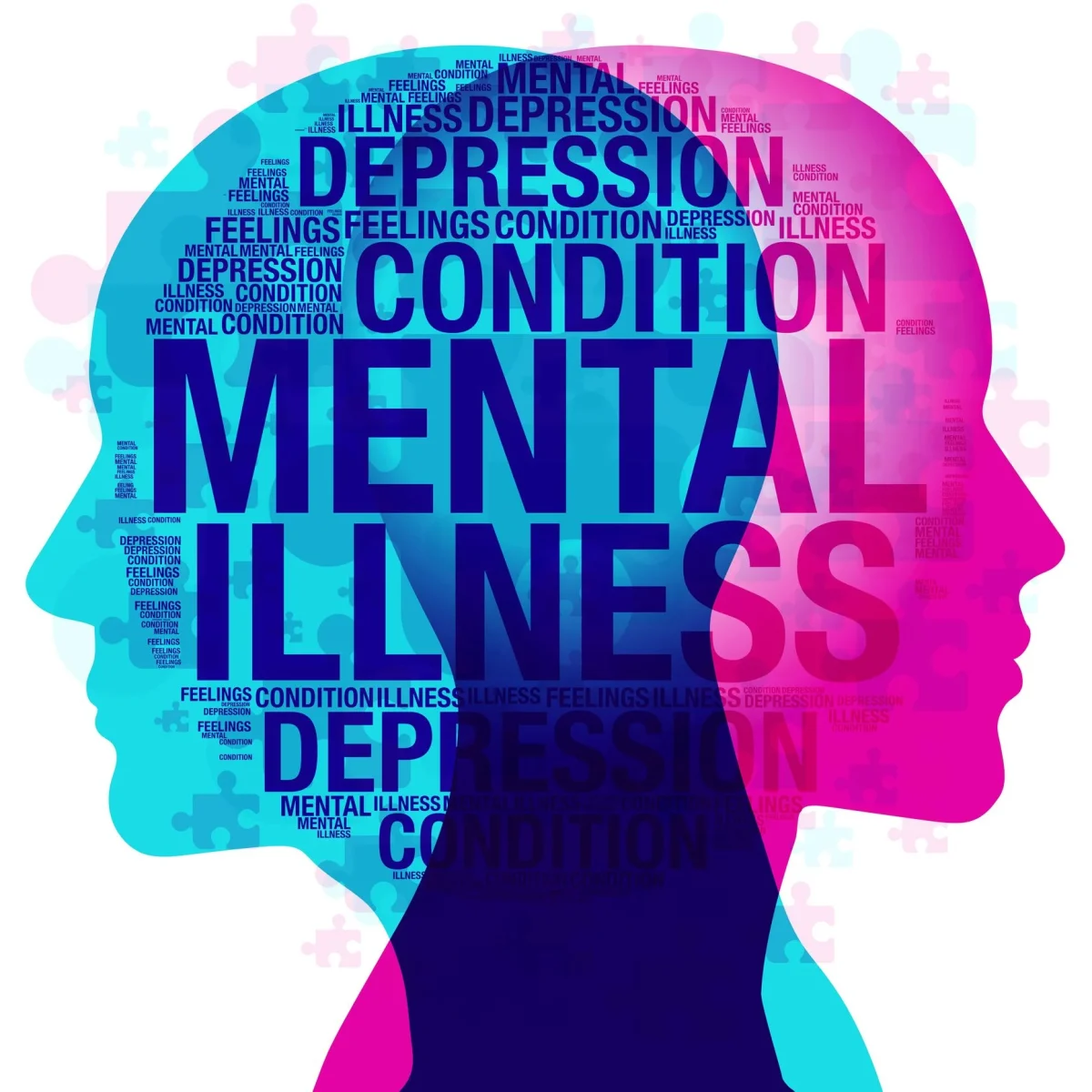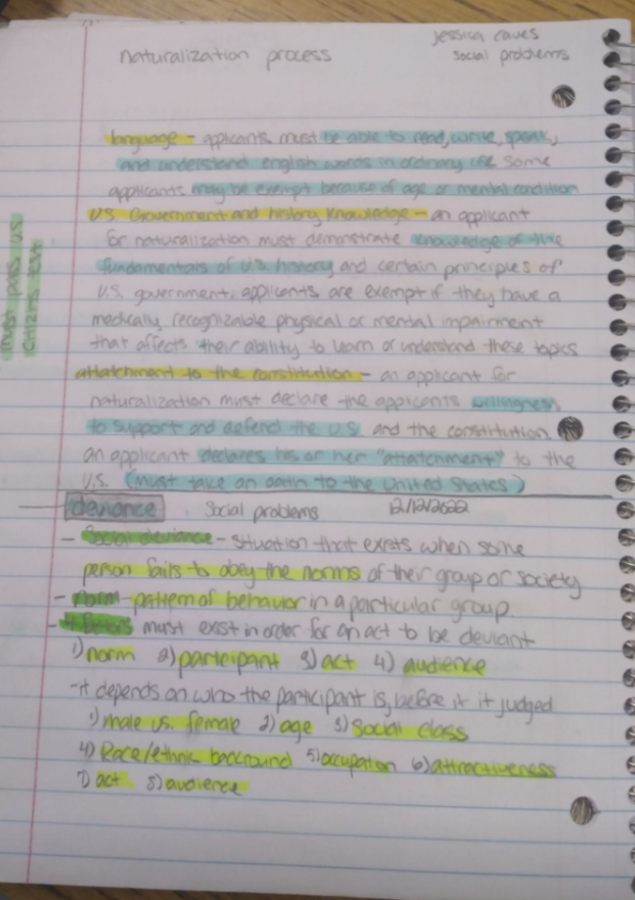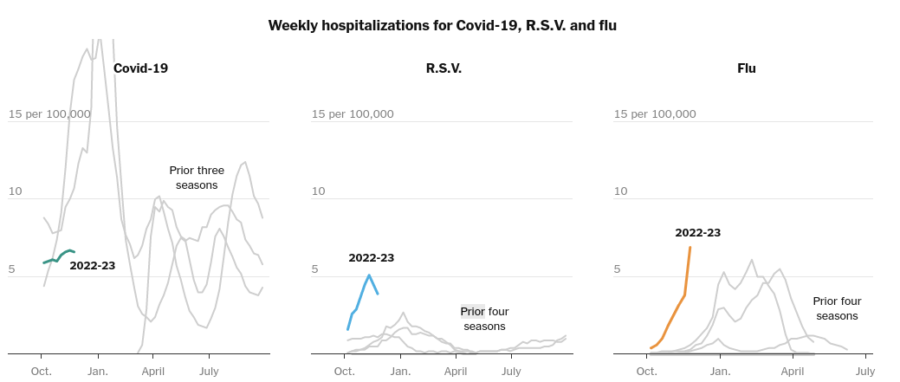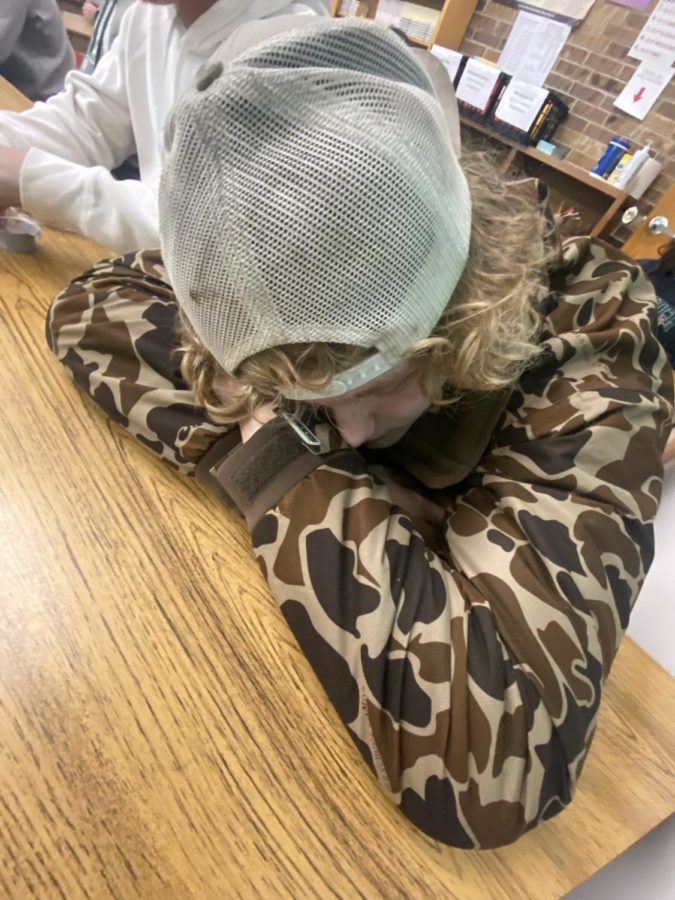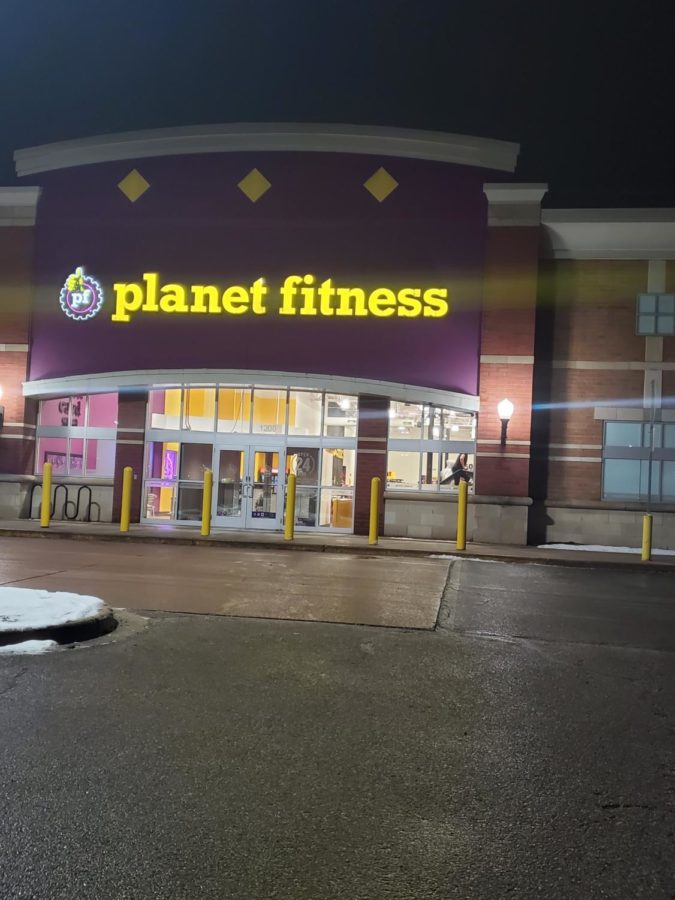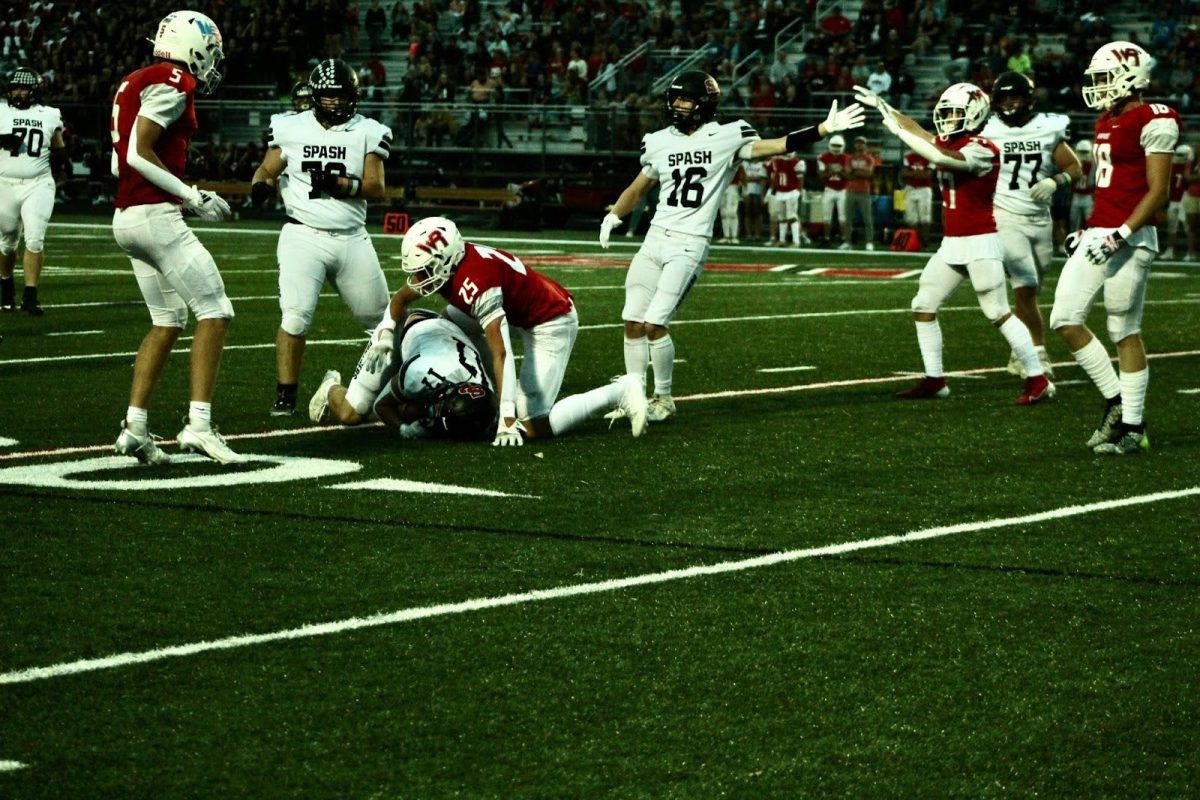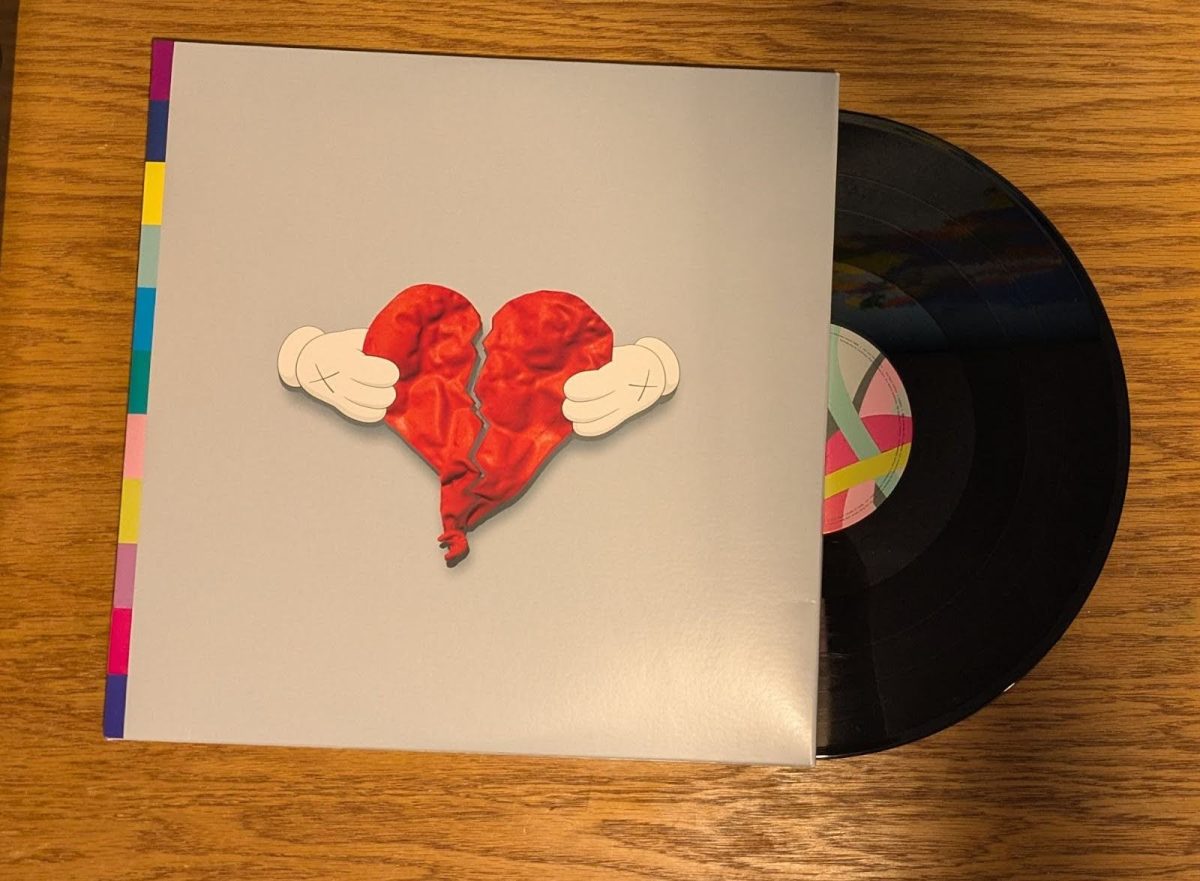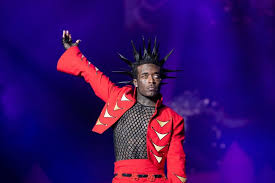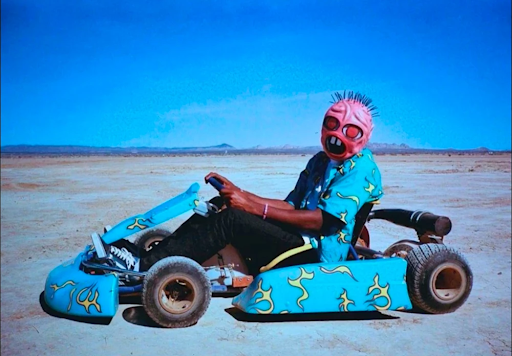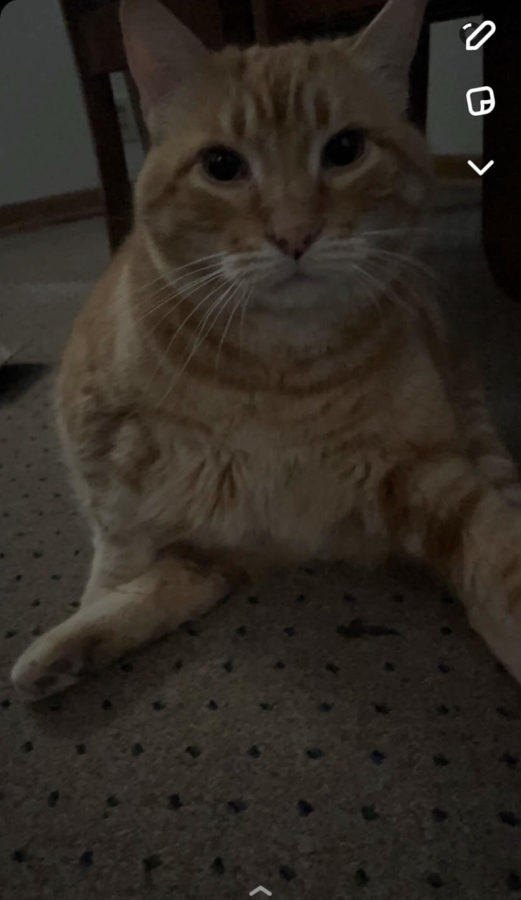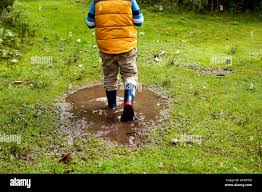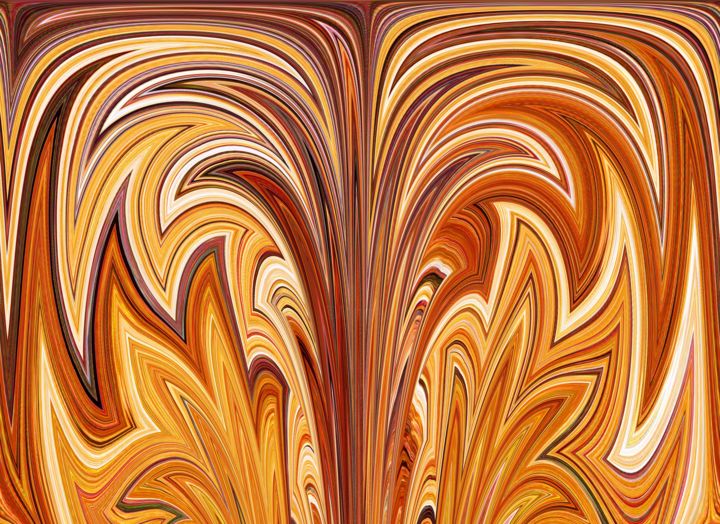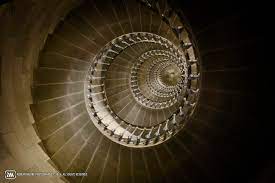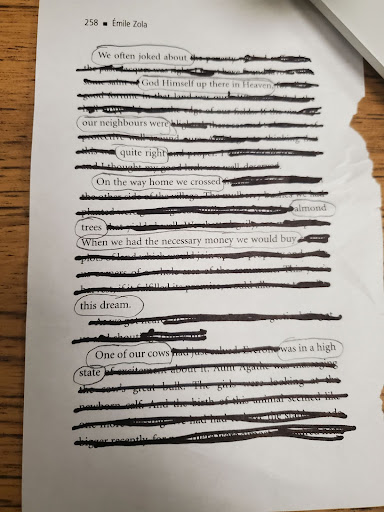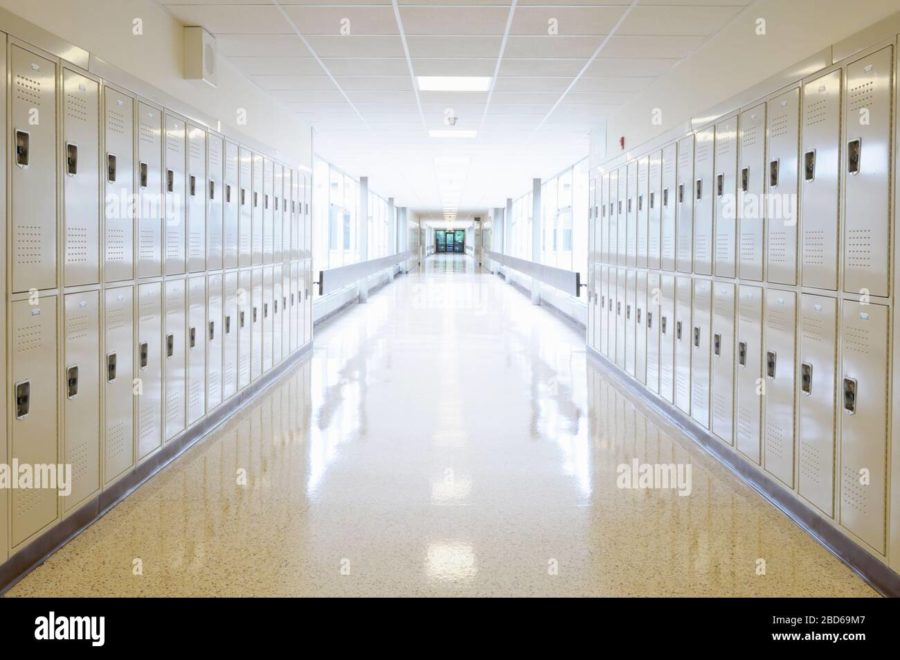Have you ever thought about how much light you use? If you’re like most people, you might look at your bill, but what you don’t think about is “Where is that light going?” That light most likely becomes some form of light pollution, the excess or inappropriate artificial light outdoors. This excess light glares/interferes with vision, creates conflict through trespass, and blurs our view of the sky. Though most of this pollution occurs in cities and suburban areas, much of this light bleeds its way into rural areas and local habitats.
Glare
In America, 70% of birds are migratory, and those that migrate a whopping 80% do so under the cover of Darkness, as shown in a study done by DLC. Just the same as humans can be blinded by car lights while driving at night, migrating birds experience a similar fate. In Wisconsin, and even within Portage County, we have a huge population of Geese and Ducks. When these birds migrate, they can be blinded when flying over cities with skyscrapers and bright lights. Their vision can be disoriented, causing them to be led off course or even unable to fly. Geese can become lost and lose their flock, causing them to be even more likely to die on the journey. This is causing our goose population to go down. Geese and Ducks are important for creating habitats and are a significant part of our local ecosystem’s food chain.
Light Trespass
Many nocturnal animals that we see in the forests, such as mice, bats, owls, and deer, are affected by light trespass. When this artificial light bleeds into natural habitats, animals can become confused as to whether it is night or day. Nocturnal animals’ predatory habits become irregular. Prey stay away from artificial light such as street lamps because it makes them much more likely to be seen by predators. This light essentially becomes a wall, dividing the territory that this wildlife would usually inhabit. Over time, and with more installations of artificial lighting, these territories will become extremely small and prey along with predators with have completely different behaviors to adapt to these changes in the natural ecosystem.
Skyglow
Skyglow is the brightening of the sky from the human use of artificial light scattered into the atmosphere. This is essentially fogging our view of the sky. Astrophotographers and humans can be affected by this as the amount of dark spots, areas that experience very little to no light pollution, decreases, meaning there are fewer and fewer places where you can see stars clearly without haze or fog. But this also affects animals, by making it difficult for them to find direction when migrating and changing nocturnal patterns. Air pollution and clouds can cause Skyglow to be enhanced because it reflects light within the atmosphere. As shown in a study done by the National Park Service, “The average night sky got brighter by 9.6% per year from 2011 to 2022, which is equivalent to doubling the sky brightness every 8 years.”. The amount of Sky glow in our atmosphere is increasing rapidly. Even the bright star you might see could be extremely faint in bigger and busier cities. Much of our sky view is hazed even in rural areas because of how bright some areas of our Earth are.
What can we do?
There are many ways that we can prevent light pollution or just greatly decrease the amount of light that is let into our skies, but also into our natural ecosystems. First, it is to limit the amount of lighting that we do use and make sure to put natural habitats into account when it comes to the placement of street lamps or outdoor lighting. More specifically, we can also control the types of lighting that we use. The best lighting that emits the least amount of light pollution is lighting that points downwards towards the ground with sensors or timers so that the light is only on while necessary. This light should also have covers on all sides except for the bottom to fully ensure that light does not leak outwards to areas around and above. As said in an interview with, lighting engineer at Kickapoo National Dark Sky Park in Wisconsin, “This dark sky lighting can give you lower electricity bills, for the same amount of light on the ground, and you have the benefits of the habitat and you don’t get the sky glow.”
Just a little thing like this can make a big impact on the animals in our local area. This can make migration much safer for birds, keep our ecosystems diverse, obtain crucial behavioral relationships between organisms, and lastly prevent the disappearance of our view of the night sky. Many wildlife experts are working their hardest to spread awareness on this topic and are observing the possible outcomes of our future. We can make a change, but it is all up to us to take action.

